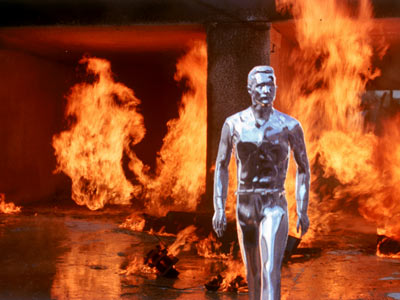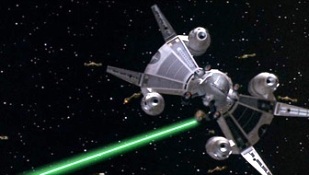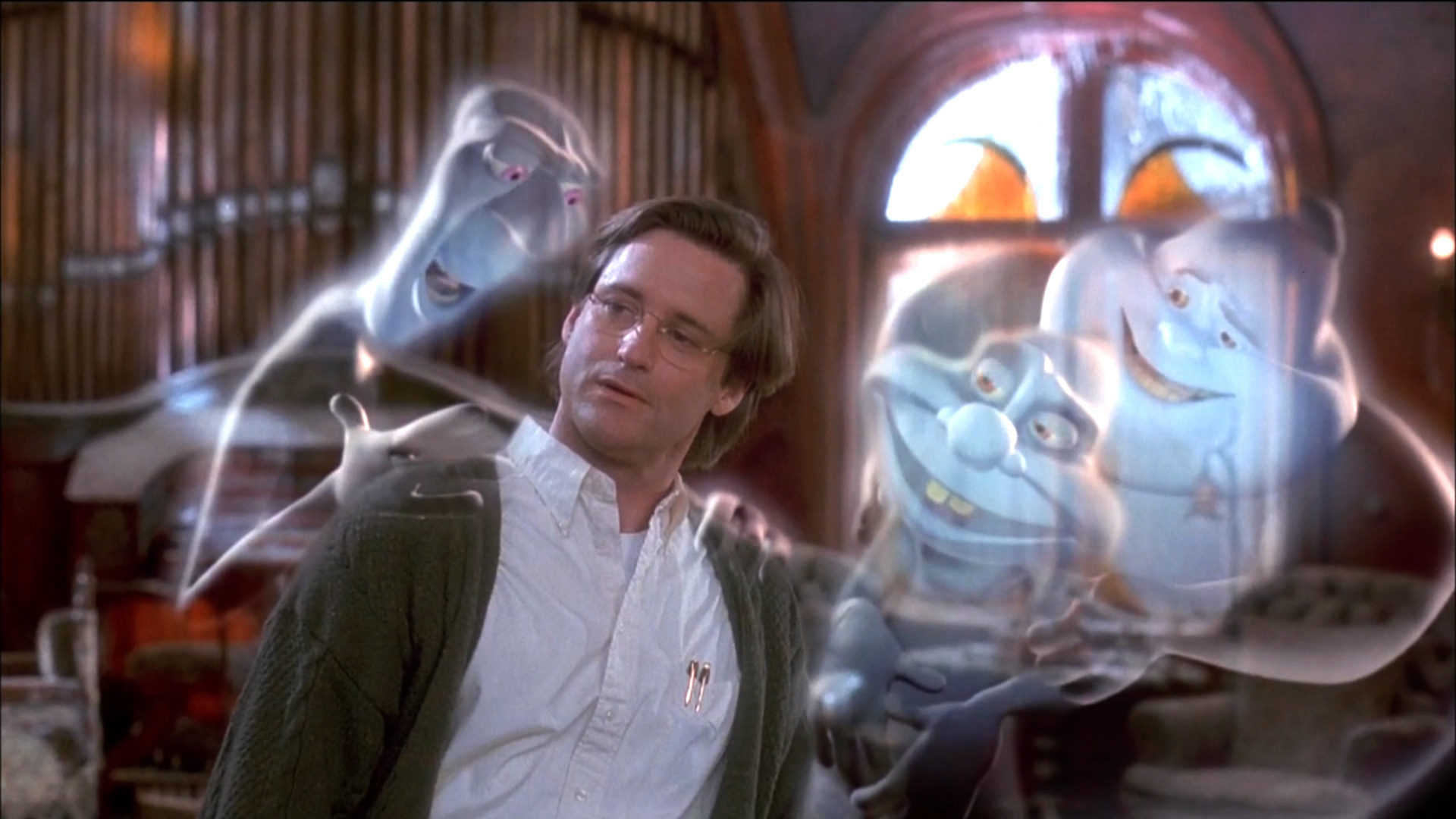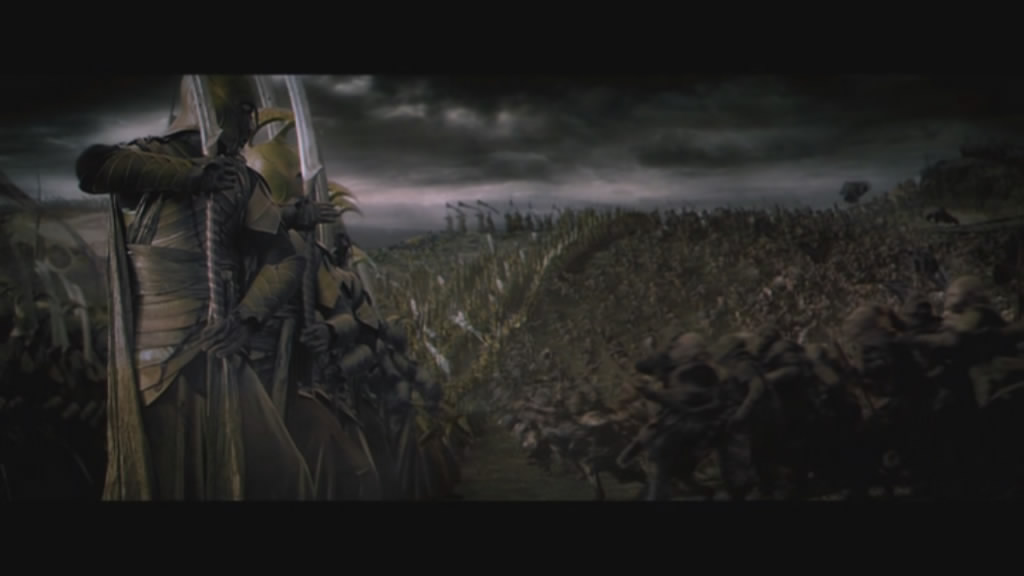Special effects have been part and parcel of moviemaking since the days of Thomas Edison and the dawn of cinema. King Kong revolutionized stop motion animation as action filmmaking, The Ten Commandments commanded meticulously detailed miniatures, Jaws scared millions with life-like animatronics.
But as comic books and science fiction transition from niche genre flicks to mainstream blockbusters, and Hollywood makes things bigger and brighter to compete with an ever expanding number of entertainment options, special effects have only become more prominent.
As even the last vestiges of analog give way to creating art digitally, computer effects have become the chief way of creating images that would otherwise be impossible to film.
Where once the question filmmakers had to answer was “How can we make this?” the question now is “What should we make now?” seeing that literally anything a screenwriter can come up with is now possible to put on screen.
In the new age of cinema, digital animating is as important to the filmmaking process as cinematography and editing. The following twelve movies were milestones in the art of computer visual effects.
This is by all means not a complete list—computer technology is a complicated, subtle science. Hollywood effects houses, indie animators, and even intrepid film school students make breakthroughs in technology all the time, and lucky for audiences, movies are constantly showing us something new.
These are 12 milestones. Feel free to add and talk about the many others in the comments.

1. Westworld
Before Westworld, any movies about killer robot cowboys had to make do with practical analog effects. The box office hit used computerized raster graphics to represent the pixelated point-of-view of Yul Brynner’s cyborg Gunslinger, a clever trope later made famous by The Terminator and Robocop.
2. Superman
It wasn’t until 1978 that a Hollywood film had its first computer generated opening credits sequence — the iconic flying Superman titles backed by John Williams’ heroic score. The floating blue names are still more exciting than many contemporary action scenes, and never before have the words “Associate Producer Charles F. Greenlaw” looked so cool.
3. The Last Starfighter
The 1984 space adventure replaced all of its spaceship models with CGI, a move remarkably ahead of its time and not even considered by George Lucas for a Star Wars film for another fifteen years.
The Last Starfighter was also the first movie to use integrated CGI, using computer-generated images to represent actual real world objects. Before then, computer images were only used to portray other computer images, or blocky holograms with corners sharp enough to cut yourself on.

4. Terminator 2: Judgment Day
Besides being the first blockbuster to use a personal computer for major 3D effects and including multiple morphing effects, Terminator 2 is really more famous for making CGI a cool water cooler topic for the average layperson.
In 1991, everyone was talking about the T-1000, Robert Patrick’s killer cop made of computer-generated liquid metal that moved realistically like a human. We movie audiences love shiny things, and it didn’t come shinier than the T-1000. Suddenly, moviegoers were wondering aloud just what Hollywood would make next.
5. Jurassic Park
Steven Spielberg is considered one of the all-time best directors for a reason. He knows how to draw an audience into his world, and how to best utilize technologies of all kinds to make a collaborative work of genius like 1993’s Jurassic Park.
He didn’t limit himself to his trademark animatronics to create larger-than-life dinosaurs, including the use of state-of-the-art CGI. By combining both effects, the photorealistic full bodies of brachiosaurs and Tyrannosaurus Rex caused us to drop our jaws as they opened wide theirs.
6. Casper
The kid-friendly film Casper was the first Hollywood feature to include a completely computer-generated protagonist, in the days before Andy Serkis held a monopoly over that particular niche.
It was also the first big film to have its CG characters interact with real-life human actors, a revolutionary idea that is now standard training for those looking for careers in acting.

7. Toy Story
In 1995, just a few months after Casper and his brothers hogged up screentime from their flesh-and-blood costars, Pixar released the first CGI feature-length animated film.
Toy Story was a smash hit, with Tom Hanks’ non-robot, non-killer cowboy Woody becoming a Disney star and computer animation soon replacing traditional hand-drawn animation as the king of Hollywood kids movies.
8. The Matrix
Like T2, while The Matrix’s technical milestones were somewhat small, it was the first film to use CG interpolation for the now-ubiquitous “bullet time”— the 1999 release did wonders for the public perception of computerized special effects.
Today, modern blockbuster filmmaking can be seen as either pre-Matrix or post-Matrix, with the use of CGI transforming from a Hollywood gimmick to an essential part of twenty-first century filmmaking.
9. The Lord of the Rings: The Fellowship of the Ring
Using Weta Digital’s Massive software, 2001’s epic Middle Earth opening chapter includes a colossal battle scene with thousands of battling elves and orcs.
Rather than recruiting half of New Zealand to portray the armies, Peter Jackson used computer-generated imagery. And rather than having animators painfully orchestrate the motions of each and every soldier, the software allowed the digital extras enough artificial intelligence to battle each other on their own, a Hollywood first. Because teaching AI computers how to wage war isn’t a terrible idea at all….

10. The Lord of the Rings: The Two Towers
How do you top a battle scene with thousands of sentient CG creatures? With one incredibly charming and technologically advanced CG creature, by the name of Gollum.
Andy Serkis’ motion-captured creature was the first photorealistic CG character that movie audiences took seriously, at least seriously enough to believe he was the same part of the world as Ian McKellen and Elijah Wood.
Serkis became the first recipient of an acting award without ever actually appearing on camera, heralding the age of motion-capture thespianism.
11. Sky Captain and the World of Tomorrow
2004’s Sky Captain is not remembered as a particularly good movie, but it doesn’t have to be. It did its service to the cinematic arts simply by being the first movie to use all-CG backgrounds with live actors. While producers love this because it’s much cheaper than practical sets, it also allowed for a greater creative freedom to the filmmakers behind the movie. While Sky Captain was a flop, it showed us at the time yet another use for computer VFX in Hollywood moviemaking—one that, if fine-tuned, could make something as mesmerizing and memorable as, let’s say, Avatar.
12. Avatar
James Cameron’s working title for Avatar might as well have been The Kitchen Sink, because he threw everything into his 2009 space epic.
Not content with the most advanced technology of its time, Cameron even delayed production and invented his own techniques to bring the world of Pandora and its blue-skinned inhabitants to the big screen.
Avatar was the first mainstream feature to combine both photorealistic backgrounds and motion-captured characters, making an adventure that completely blurred the line between live-action and animation without taking the audience out of the movie.
It was also a boon for motion-capture actors and filmmakers as the first production to use real-time animation to show live feedback as what the mo-capped performers would like as their virtual characters.
![]()
It’s hard to say what milestones are left to be reached, but that’s a good thing. After all, the stop-motion animators behind King Kong would have never imagined the 3D renderings of the Na’vi.
A film with visual effects that would blow the mind of James Cameron will definitely be something to behold. That is, if the AI extras from Lord of the Rings haven’t revolted and killed us all by then.

